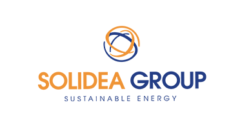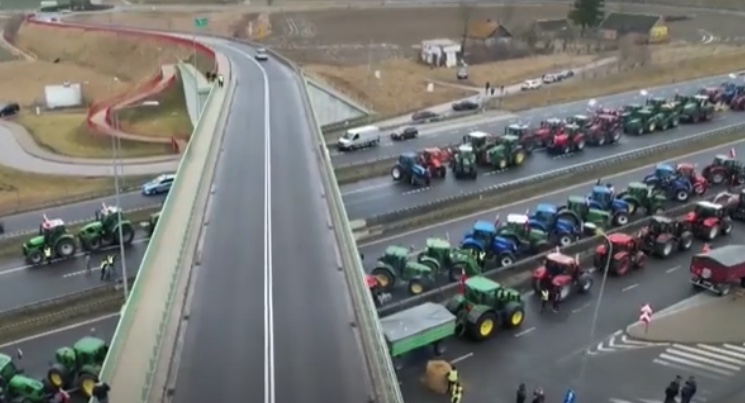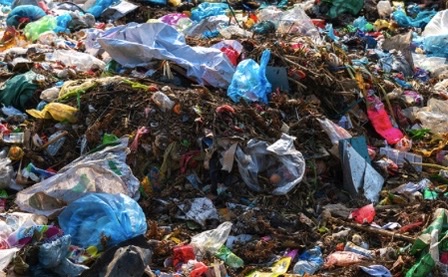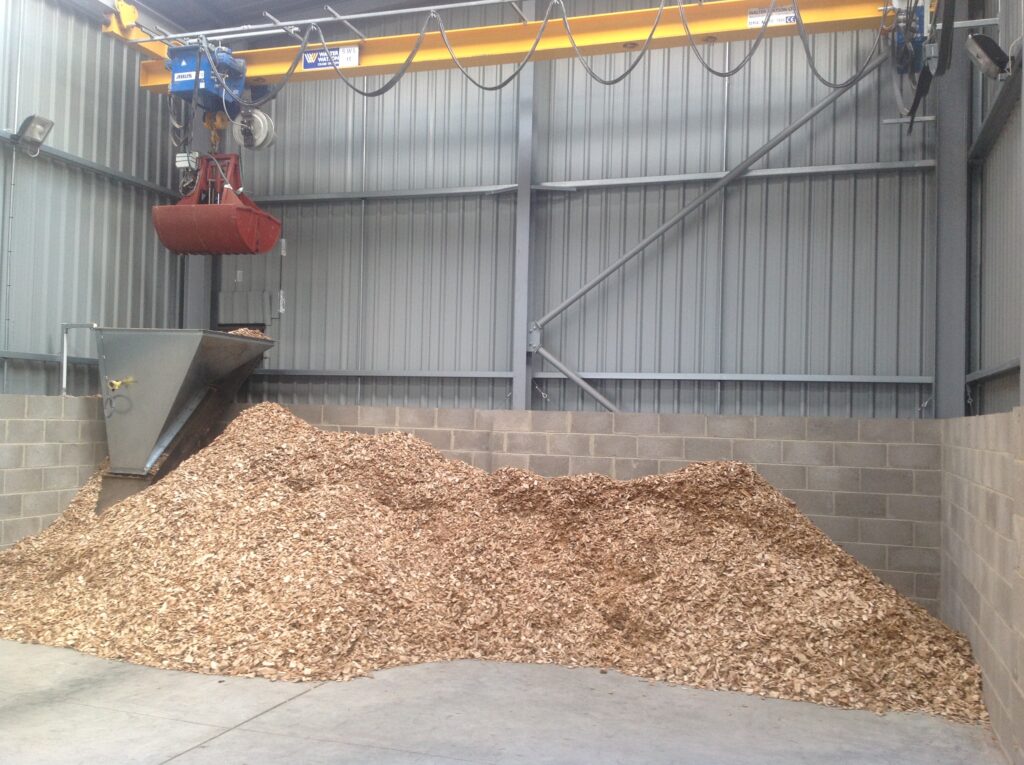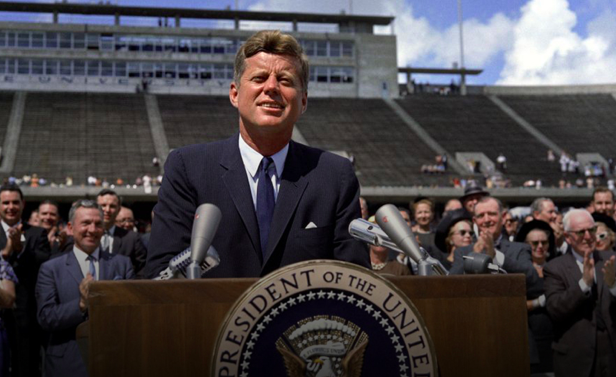
We asked AI no. 4: AI-Driven “Legal Council” 4 Workshop Briefs
In the unsettling backdrop of escalating geopolitical tensions casting a shadow of impending war over Europe, businesses stand at a critical crossroads. The uncertainties surrounding military conflicts demand meticulous planning and fortification of strategies for businesses and their stakeholders. In this heightened risk environment, where the spectre of war looms large, proactive navigation of complexities becomes imperative. These 4 Workshops on Strategy guides are designed to illuminate the strategic considerations and preparations necessary for Power Producers, Infrastructure and Asset Owners’ business stakeholders to ensure resilience and adaptability in the face of impending wartime challenges.
Workshop 1: How Do Power Producers, Infrastructure, and Asset Owners Navigate the Threat of War?
Lessons from Nord Stream 2
The business landscape recently experienced a paradigm shift with the alleged intentional destruction of Nord Stream 2 (NS2) by one owner stakeholder to evade damages. This unsettling development raises concerns for asset owners and stakeholders, emphasising the critical need for meticulous monitoring of assets. In the shadow of war, several essential considerations related to contracts and insurance must be addressed, drawing insights from the NS2 incident.
The way AI is transforming our business is how we are transforming our industry
